With societal progress, ceramics, due to their unique properties, have evolved from simple containers into structural and functional materials. Their applications extend from daily life to various aspects of society and even cutting-edge technologies. They show particularly broad application prospects in areas such as artificial teeth, artificial bones, and artificial joints. These ceramics, primarily used within the human body, are termed “bioceramics.” This field represents a subject capable of generating significant social and economic benefits globally. The production of high-performance bioceramics often requires raw materials in the form of fine, uniform, and high-purity powders. Jet milling, also known as fluidized bed jet milling, is a crucial technology for achieving this kind of bioceramics powder.
01 Emergence
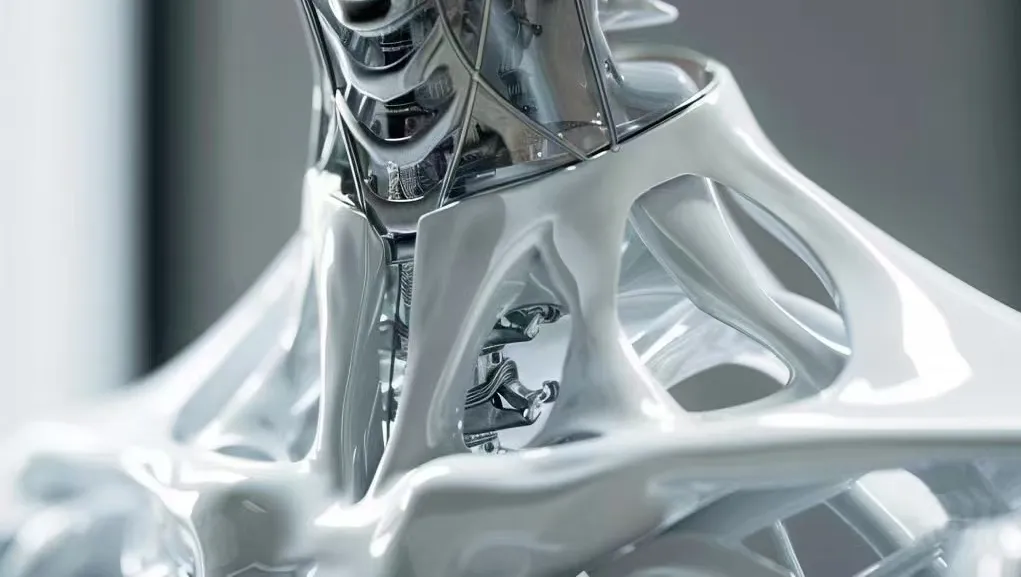
As a new type of material, bioceramics are playing an increasingly important role in production and life, with ever-widening applications. Bioceramics were first used clinically in the 18th century. In 1808, the first porcelain teeth for dental inlays were prepared. In 1871, hydroxyapatite was artificially synthesized, and in 1971, it was successfully developed and promoted to clinical use as a ceramic bone substitute material. Currently, the development of bioceramics continues.
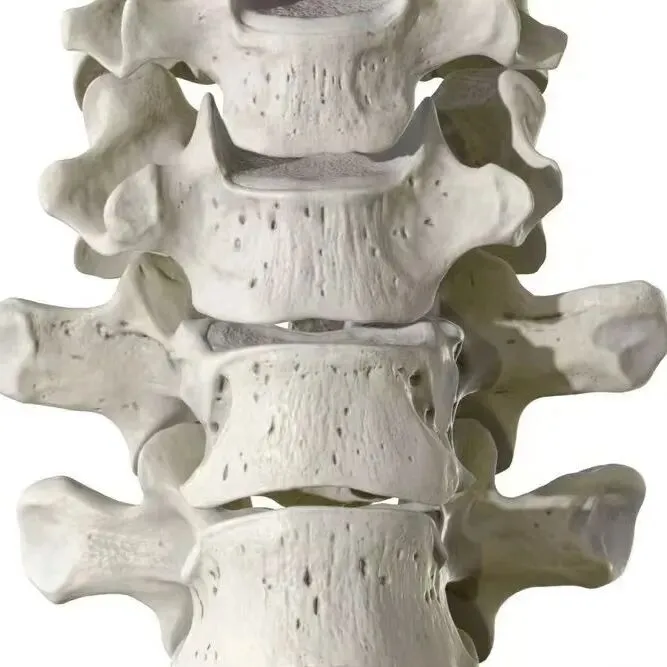
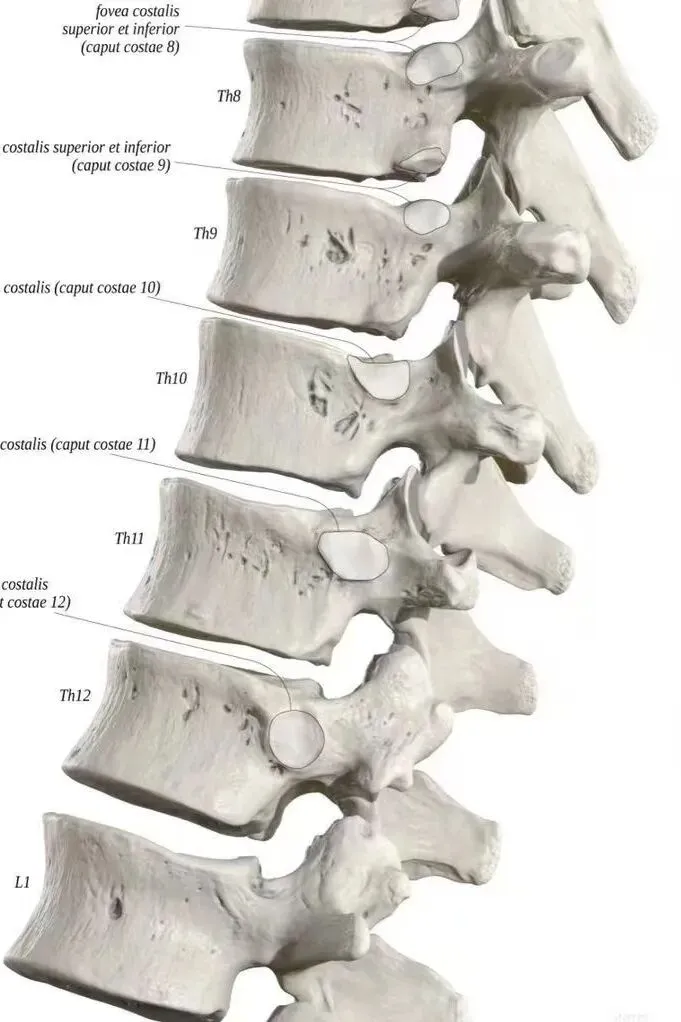
The use of porcelain teeth as dental inlay materials marked the first international clinical application of bioceramics. Their birth signified the emergence of bioceramics. Accompanied by advances in science and technology, they have evolved from initially replacing damaged teeth to the current biochemical-related bioceramics, becoming a new material distinct from traditional ceramics.
02 Material Properties
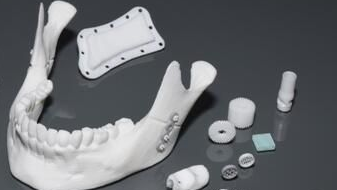
Bioceramics are a new type of ceramic material related to biochemistry. They include fine ceramics, porous ceramics, certain glasses, and single crystals. On one hand, bioimplant ceramics are designed for direct implantation into living organisms to repair or enhance bodily functions. On the other hand, biotechnology ceramics function without direct contact with the organism, serving instead in applications like enzyme immobilization, the separation of bacteria and viruses, and catalyzing biochemical reactions.
Performance
Currently, most bioceramic materials are used to replace damaged tissues. Bioceramics intended for replacing human tissues must possess excellent biocompatibility, mechanical compatibility, physical and chemical stability, affinity with biological tissues, anti-thrombotic properties, and bactericidal capabilities.
Affinity and Longevity
Good affinity for organisms means the corrosion/decomposition products of the implanted ceramic material are non-toxic, do not cause mutation or necrosis of biological cells, do not lead to inflammation or granuloma formation. They have a long-term effect and high in vivo stability. That is, over a long service life of 10-20 years, their strength does not decline, their surface does not deteriorate, and they do not have carcinogenic effects on organisms. They offer fast forming and processing speeds.
Sterilization and Heat Resistance
They are easier to sterilize. Compared to metals, ceramic materials have stronger covalent bonding properties, allowing them to maintain good chemical stability, low rejection rates, and high long-term performance in complex biological environments. Compared to organic polymer materials, bioceramics have better heat resistance, facilitating high-pressure sterilization.
03 Development History
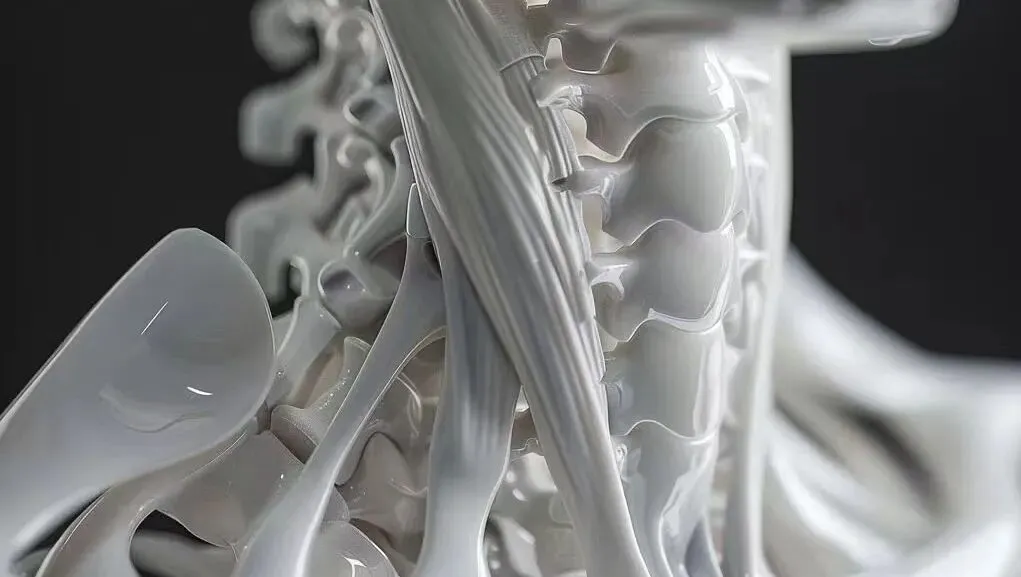
Development
Exploration and research in the field of bioceramics have been ongoing for a long time. The journey of implant materials began with natural resources like wicker and ivory. It then advanced to precious metals as metallurgy improved, and took a significant leap in the mid-20th century with the introduction of advanced alloys and clinical polymers. In the early 1960s, with the advent of the new technological revolution, materials science developed rapidly, garnering widespread attention for the discovery and synthesis of new materials, with research on bioceramics and polymer materials becoming a hotspot.
Timeline
Bioceramics have a history of only just over 60 years since their inception, evolving from initial single-crystal alumina ceramics, to later polycrystalline alumina, and then to coral-structured surface alumina. Subsequent research focus shifted to bioactive ceramic materials, including bioglass, hydroxyapatite, and glass-ceramics. Bioglass possesses excellent biocompatibility and can bond to bone, but its strength is not high. After years of continuous research and improvement, today’s bioglass ceramics maintain good biological performance while offering improved mechanical strength and chemical stability, becoming a promising new generation of biomaterials.
Prospects
Currently, the global biomaterials industry has an annual transaction value of approximately $12 billion, with the cost of repairing and replacing hard tissues alone reaching up to $2.3 billion. Worldwide, there have been over 500,000 total hip replacements, increasing by nearly 100,000 cases annually. Although bioceramics have been successfully applied in human hard tissues, they still face many challenges, leading to increasingly intensive research efforts.
04 Material Types
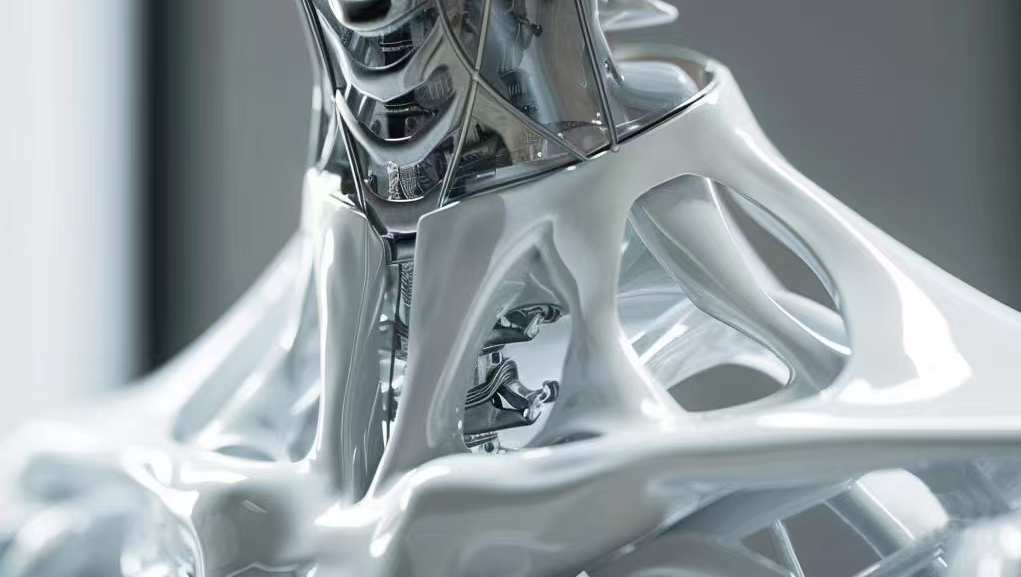
Zirconia Ceramics
Zirconia ceramics possess good biocompatibility, wear resistance, and corrosion resistance, widely used in oral restoration and bone repair. With the continuous development of nanotechnology, nano-zirconia ceramics hold broad application prospects in bioceramic materials, and their excellent properties are expected to find use in more fields.
Calcium Phosphate Ceramics
Calcium phosphate ceramics have good biodegradability and biocompatibility and are an important component in bone repair materials. Current research focuses on improving their biodegradation rate and mechanical properties to meet clinical needs.
Calcium Silicate Ceramics
Calcium silicate ceramics have good biocompatibility and biodegradability, holding wide application potential in tissue engineering and bone repair. Recent research focuses on improving their mechanical properties and bioactivity to meet clinical application requirements.
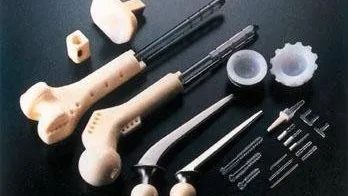
Calcium Carbonate Ceramics
Calcium carbonate ceramics have good biocompatibility and biodegradability, possessing potential application value in bone repair and tissue engineering. Current research primarily focuses on improving their mechanical properties and bioactivity to adapt to clinical demands.
Bioglass Ceramics
Bioglass ceramics are a new type of bioceramic material with good biocompatibility, biodegradability, and mechanical properties. In clinical applications, they are mainly used for bone repair and tissue engineering, showing promising development prospects.
Composite Bioceramics
Composite bioceramic materials involve combining two or more bioceramic materials to enhance the overall performance of the material. Current research focuses on finding suitable composite materials and optimizing composite processes to meet clinical needs. With the continuous development of materials science and biomedicine, composite bioceramic materials are expected to be applied in more fields.
Jet Milling and Its Advantages

The production of high-performance bioceramics often requires raw materials in the form of fine, uniform, and high-purity powders. Jet milling, also known as fluidized bed jet milling, is a crucial technology for achieving this bioceramics powder. It utilizes high-speed jets of compressed air or gas to impart particles with high kinetic energy, causing them to collide with each other and achieve comminution. This process occurs in an enclosed system, minimizing contamination.
Key Advantages of Jet milling for Bioceramic Powders Include
Ultra-Fine and Controlled Particle Size: Capable of producing powders in the micron and sub-micron range with a narrow particle size distribution, crucial for the sintering behavior and final density of bioceramics.
High Purity and Minimal Contamination: As a dry process that typically uses no grinding media, it avoids introducing impurities from wear, which is critical for medical-grade materials.
Low Thermal Stress: The self-cooling effect from the expanding gas prevents heat-sensitive materials from degrading during milling.
Spherical Particle Morphology: The collision-dominated process can help produce more spherical particles, which improve powder flowability and packing density for subsequent shaping processes like pressing.
Suitable for Hard and Brittle Materials: Ideal for milling various ceramic materials like zirconia, hydroxyapatite, and other calcium phosphates.
เครื่องจักรผงมหากาพย์
เครื่องจักรผงมหากาพย์ is a professional manufacturer dedicated to the research, development, and production of high-performance powder processing equipment. We specialize in providing advanced jet mills and complete system solutions tailored for the demanding requirements of the biomaterials and advanced ceramics industries. Our equipment is designed to achieve precise particle size control, maintain high product purity, and ensure operational efficiency, making it an ideal choice for producing fine powders for high-grade bioceramics. With a commitment to innovation and quality, Epic Powder Machinery supports its global clients in advancing materials technology for applications that enhance lives.